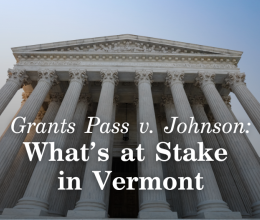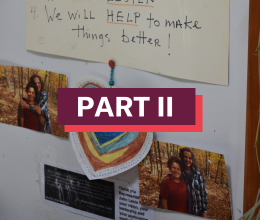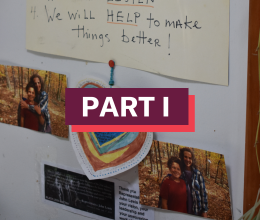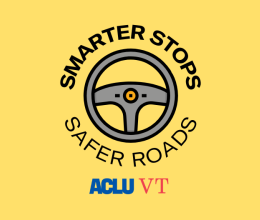
Police traffic stop data shows that Vermont drivers are overpoliced, and Black and Brown Vermonters are disproportionately targeted. H.176 would help to change that.
Placing stronger limits on the broad authority we have ceded to our law enforcement agencies—particularly in policing our roadways—can be one of the most direct ways to further racial justice and equity in our state.
As introduced, H.176 would ensure that the only traffic stops carried out in our state are ones that serve a genuine public safety interest. This bill would put an end to “non-public safety” stops for minor violations like having a broken taillight or an expired registration.
Tell your legislator to vote yes on H.176
Our communities are overpoliced
A 2021 study confirmed that from 2015 to 2019, police in Vermont stopped motorists at nearly three times the national average. That amounts to 255 drivers stopped per 1,000 residents, compared to 86 drivers per 1,000 residents nationally. The problem appears to be getting worse over time. For example, stops by Vermont sheriff’s departments increased by 86 percent from 2015 to 2019, while stops by Vermont State Police increased nearly 50 percent.
The researchers also found that Black and Brown drivers are stopped, searched, and arrested in Vermont at higher rates than their white counterparts. They also confirmed that Black drivers are more likely than white drivers to be pulled over for “equipment” violations such as broken taillights or an obscured license plate—things that do not affect the safety of other motorists, which are called “non-public safety stops.”
In 2022, the same researchers examined the impact that COVID-19 had on traffic stops in Vermont. Their study revealed that:
- While Vermont’s stop rate per 1,000 residents fell by almost half, it is still twice the (pre-COVID-19) national average.
- Black drivers are still searched at approximately 2.7 times the rate of white drivers.
- Statewide, there was little impact on racial disparities in stop rates during the study period.
These encounters are not merely data points. They represent people with real lives who are impacted negatively and even endangered by overpolicing.
Why limit “non-public safety" stops?
Limiting law enforcement’s ability to pull people over for minor traffic violations interrupts the outsized role of bias and officer discretion in these interactions, without negatively impacting public safety.
Over the last several years the Burlington Police Department has already drastically reduced its number of annual traffic stops. And according to Acting Chief Jon Murad, the department’s five-fold reduction in traffic stops—from roughly 3,500 in 2017 to under 700 in 2021—did not increase motor vehicle crashes.
In December 2021, Chittenden County State’s Attorney Sarah George implemented a policy to decline prosecution of cases that arise from non-public safety traffic stops. Chittenden County has joined communities across the country that are reducing the harmful effects of unnecessary and biased traffic stops, offering a strong test case for how the kind of provisions found in H.176 could benefit communities across our state.
Through evidence-driven, statewide reforms like H.176, we can reimagine our expectations for law enforcement and deliver on a vision of community safety that includes all of us. Tell your legislator to vote yes on H.176.


